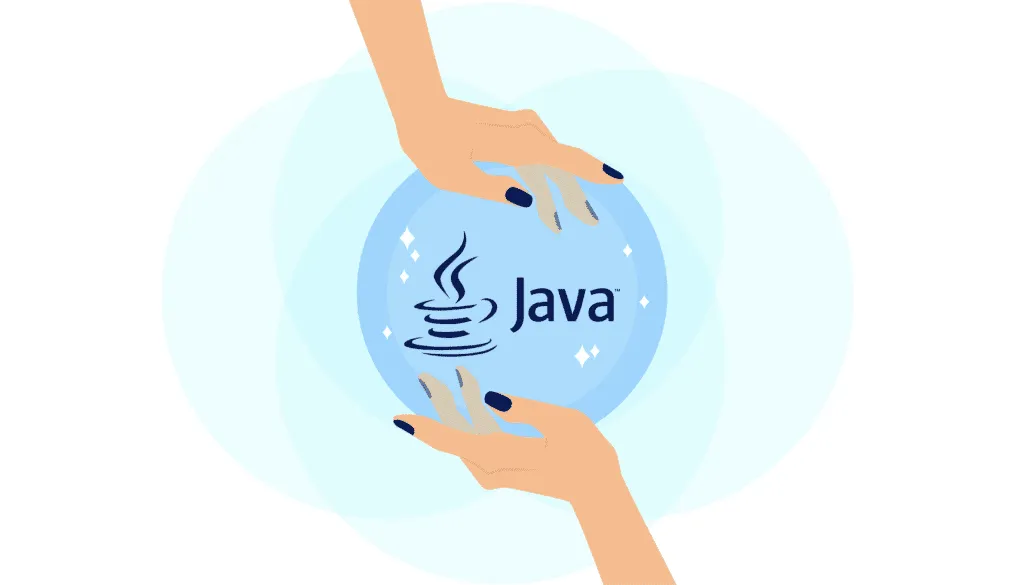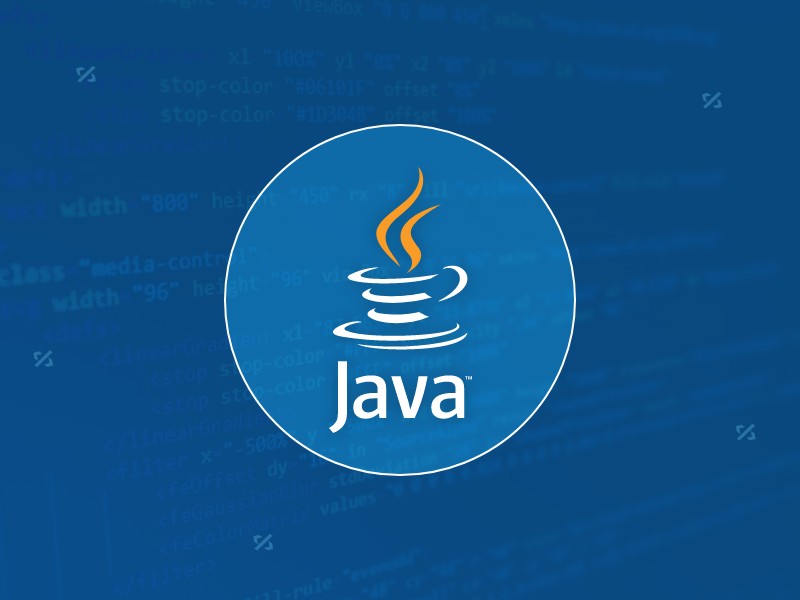Java enumerations not only represent constants, but can also encapsulate behavior, carry data, and implement interfaces. 1. Enumeration is a class that is used to define fixed instances, such as week and state, which is safer than strings or integers; 2. It can carry data and methods, such as passing values ??through constructors and providing access methods; 3. It can use switch to handle different logic and have clear structure; 4. It can implement interfaces or abstract methods to make differentiated behaviors of different enum values; 5. Be careful to avoid abuse, hard-code comparison, dependence on ordinal values, and reasonably naming and serialization.

Java enums are not just tools that represent a set of fixed constants, they can also encapsulate behavior, carry data, and even implement interfaces. If used well, it can significantly improve the readability and maintainability of the code.

Why use enumeration?
Enumeration is a special class in Java that defines a fixed number of instances. For example, it indicates the day of the week, status code, operation type, etc. Enumerations are safer and more semantic than using string or integer constants, and can also avoid illegal values ??being passed in.

For example:
enum Status {
PENDING, APPROVED, REJECTED;
} It is clearer and easier to maintain than using "PENDING" strings or 0, 1, 2 directly.

Enumeration can carry data and methods
Each enumeration constant can not only have a name, but can also carry additional data and provide corresponding methods to access this data.
For example, an enumeration of order types:
enum OrderType {
REGULAR("Normal Order"),
VIP ("Member Order"),
PROMOTION("Promotion Order");
private final String description;
OrderType(String description) {
this.description = description;
}
public String getDescription() {
return description;
}
} This way, you can get a more friendly display name through .getDescription() when using it.
Tips: If you need to find the corresponding enum value according to the description, you can add a static method, such as
fromDescription(String desc)to traverse all enum values ??to match.
Use switch to process enumerations
Using switch is a common practice when dealing with different logic for different enum values ??and can also improve readability.
For example:
switch(orderType) {
case REGULAR:
applyRegularDiscount();
break;
case VIP:
applyVipDiscount();
break;
case PROMOTION:
applyPromotionRule();
break;
}This method is clearly structured and suitable for situations where there are not many branches. However, if the logic is complex, it is recommended to encapsulate each branch into the enum as an abstract method and then implement it specifically by each constant.
Enumerate implementation interfaces or abstract methods
If the behavior of different enum values ??varies greatly, you can consider letting the enum implement an interface or define abstract methods.
For example:
interface Discountable {
double getDiscountRate();
}
enum OrderType implements Discountable {
REGULAR {
public double getDiscountRate() { return 0.05; }
},
VIP {
public double getDiscountRate() { return 0.15; }
};
// The abstract method must be declared public abstract double getDiscountRate();
}In this way, the interface method can be called directly when calling without external judgment of the type.
Note: This writing method is suitable for situations where behaviors vary greatly, otherwise it is easy to make the enumeration bloated.
Common Misconceptions and Best Practices
- Don't abuse enums : Enums are not suitable when values ??may change frequently or are loaded dynamically.
- Naming specification : Enumeration constant names are usually capitalized, but they can also be used with
toString()to return friendly names. - Avoid hard-coded comparisons : For example, do not write
status == "PENDING", but usestatus == Status.PENDING. - Serialization and deserialization : Pay attention to configuration when using JSON libraries (such as Jackson) to ensure that the enumeration is converted correctly.
- Database mapping : It is recommended to save name or custom code when storing enumerations instead of relying on the ordinal value (because an error occurs once the order changes).
Basically that's it. Enumeration is a simple but powerful tool. Regular use can make the code clearer and safer.
The above is the detailed content of Effective Use of Java Enums and Best Practices. For more information, please follow other related articles on the PHP Chinese website!

Hot AI Tools

Undress AI Tool
Undress images for free

Undresser.AI Undress
AI-powered app for creating realistic nude photos

AI Clothes Remover
Online AI tool for removing clothes from photos.

Clothoff.io
AI clothes remover

Video Face Swap
Swap faces in any video effortlessly with our completely free AI face swap tool!

Hot Article

Hot Tools

Notepad++7.3.1
Easy-to-use and free code editor

SublimeText3 Chinese version
Chinese version, very easy to use

Zend Studio 13.0.1
Powerful PHP integrated development environment

Dreamweaver CS6
Visual web development tools

SublimeText3 Mac version
God-level code editing software (SublimeText3)

Hot Topics
 Best practices for converting strings to floating point numbers in PHP
Mar 28, 2024 am 08:18 AM
Best practices for converting strings to floating point numbers in PHP
Mar 28, 2024 am 08:18 AM
Converting strings to floating point numbers in PHP is a common requirement during the development process. For example, the amount field read from the database is of string type and needs to be converted into floating point numbers for numerical calculations. In this article, we will introduce the best practices for converting strings to floating point numbers in PHP and give specific code examples. First of all, we need to make it clear that there are two main ways to convert strings to floating point numbers in PHP: using (float) type conversion or using (floatval) function. Below we will introduce these two
 Explore best practices for indentation in Go
Mar 21, 2024 pm 06:48 PM
Explore best practices for indentation in Go
Mar 21, 2024 pm 06:48 PM
In Go language, good indentation is the key to code readability. When writing code, a unified indentation style can make the code clearer and easier to understand. This article will explore the best practices for indentation in the Go language and provide specific code examples. Use spaces instead of tabs In Go, it is recommended to use spaces instead of tabs for indentation. This can avoid typesetting problems caused by inconsistent tab widths in different editors. The number of spaces for indentation. Go language officially recommends using 4 spaces as the number of spaces for indentation. This allows the code to be
 In-depth comparison: best practices between Java frameworks and other language frameworks
Jun 04, 2024 pm 07:51 PM
In-depth comparison: best practices between Java frameworks and other language frameworks
Jun 04, 2024 pm 07:51 PM
Java frameworks are suitable for projects where cross-platform, stability and scalability are crucial. For Java projects, Spring Framework is used for dependency injection and aspect-oriented programming, and best practices include using SpringBean and SpringBeanFactory. Hibernate is used for object-relational mapping, and best practice is to use HQL for complex queries. JakartaEE is used for enterprise application development, and the best practice is to use EJB for distributed business logic.
 PHP Best Practices: Alternatives to Avoiding Goto Statements Explored
Mar 28, 2024 pm 04:57 PM
PHP Best Practices: Alternatives to Avoiding Goto Statements Explored
Mar 28, 2024 pm 04:57 PM
PHP Best Practices: Alternatives to Avoiding Goto Statements Explored In PHP programming, a goto statement is a control structure that allows a direct jump to another location in a program. Although the goto statement can simplify code structure and flow control, its use is widely considered to be a bad practice because it can easily lead to code confusion, reduced readability, and debugging difficulties. In actual development, in order to avoid using goto statements, we need to find alternative methods to achieve the same function. This article will explore some alternatives,
 What are the best practices for string concatenation in Golang?
Mar 14, 2024 am 08:39 AM
What are the best practices for string concatenation in Golang?
Mar 14, 2024 am 08:39 AM
What are the best practices for string concatenation in Golang? In Golang, string concatenation is a common operation, but efficiency and performance must be taken into consideration. When dealing with a large number of string concatenations, choosing the appropriate method can significantly improve the performance of the program. The following will introduce several best practices for string concatenation in Golang, with specific code examples. Using the Join function of the strings package In Golang, using the Join function of the strings package is an efficient string splicing method.
 What are the best practices for the golang framework?
Jun 01, 2024 am 10:30 AM
What are the best practices for the golang framework?
Jun 01, 2024 am 10:30 AM
When using Go frameworks, best practices include: Choose a lightweight framework such as Gin or Echo. Follow RESTful principles and use standard HTTP verbs and formats. Leverage middleware to simplify tasks such as authentication and logging. Handle errors correctly, using error types and meaningful messages. Write unit and integration tests to ensure the application is functioning properly.
 The role and best practices of .env files in Laravel development
Mar 10, 2024 pm 03:03 PM
The role and best practices of .env files in Laravel development
Mar 10, 2024 pm 03:03 PM
The role and best practices of .env files in Laravel development In Laravel application development, .env files are considered to be one of the most important files. It carries some key configuration information, such as database connection information, application environment, application keys, etc. In this article, we’ll take a deep dive into the role of .env files and best practices, along with concrete code examples. 1. The role of the .env file First, we need to understand the role of the .env file. In a Laravel should
 Git or version control? Key Differences in PHP Project Management
Mar 10, 2024 pm 01:04 PM
Git or version control? Key Differences in PHP Project Management
Mar 10, 2024 pm 01:04 PM
Version Control: Basic version control is a software development practice that allows teams to track changes in the code base. It provides a central repository containing all historical versions of project files. This enables developers to easily rollback bugs, view differences between versions, and coordinate concurrent changes to the code base. Git: Distributed Version Control System Git is a distributed version control system (DVCS), which means that each developer's computer has a complete copy of the entire code base. This eliminates dependence on a central server and increases team flexibility and collaboration. Git allows developers to create and manage branches, track the history of a code base, and share changes with other developers. Git vs Version Control: Key Differences Distributed vs Set






